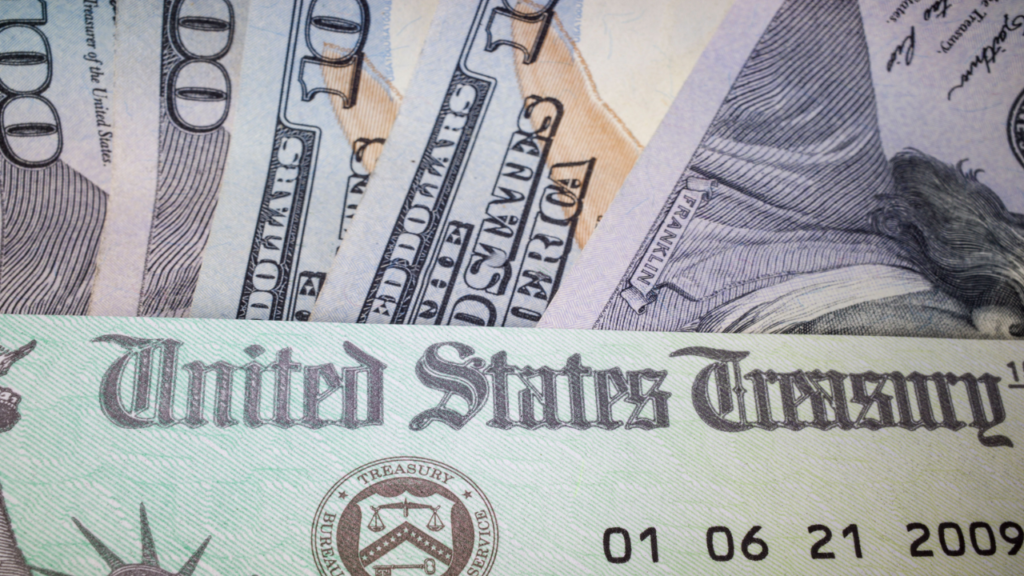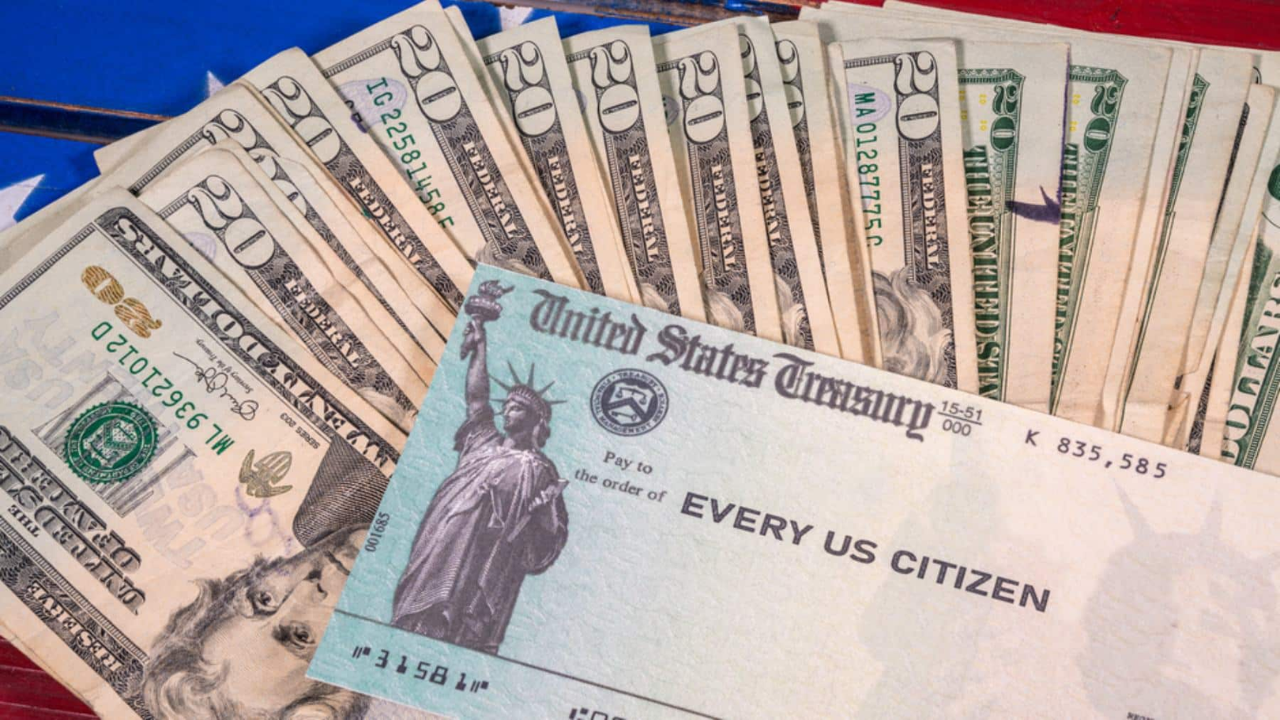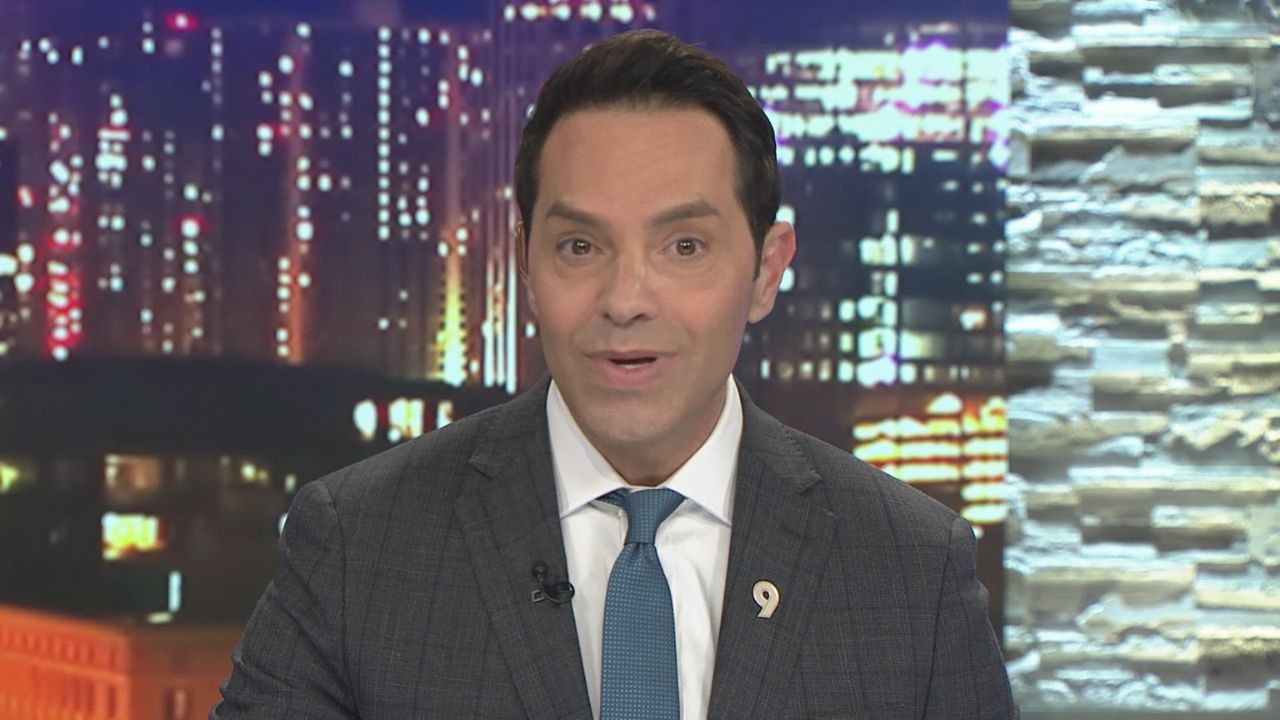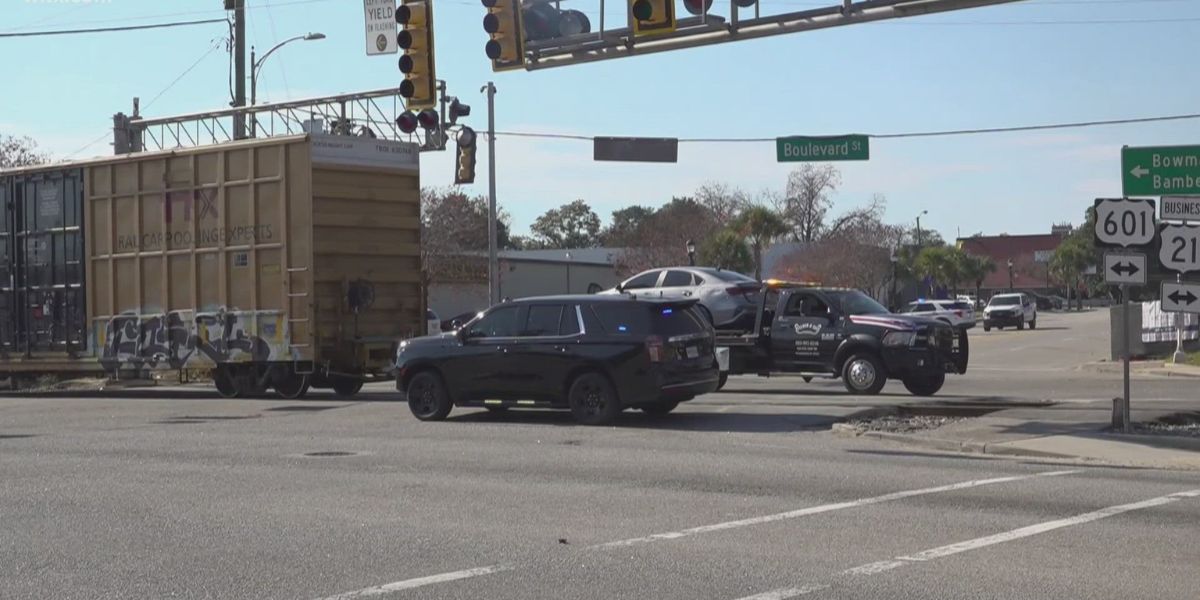The idea of a DOGE stimulus check, first proposed by the Department of Government Efficiency (DOGE) under the leadership of Elon Musk, has generated a lot of buzz.
The proposal promised to send $5,000 checks to every U.S. taxpayer as part of efforts to reduce the country’s enormous national deficit. This ambitious goal sought to address the $36+ trillion debt and bring much-needed financial relief to citizens.
However, as of now, the savings accumulated are still a far cry from the proposed sum, and the actual amount that would be distributed to each taxpayer is much lower than expected.
The Promise of $5,000 Checks
When the DOGE proposal was first introduced, it came with a lot of excitement and hope. A $5,000 stimulus check for every citizen seemed like a game-changer, especially in the wake of previous government relief efforts.
The initiative was part of a larger plan to reduce government spending and make a dent in the massive U.S. national deficit.
The goal behind the DOGE initiative was straightforward: cut down on unnecessary government spending, including federal job cuts, grant cancellations, and the termination of expensive contracts and leases.
This approach would, in theory, free up billions of dollars that could be used to support various government programs or, in this case, fund the stimulus checks for every American.
The Reality of DOGE Savings
As of April 25, the official DOGE website reported savings of around $160 billion. While this is an impressive amount, it still falls short of the original $2 billion goal required to fully fund the proposed $5,000 checks.
If the $160 billion in savings were distributed among the U.S. population, each taxpayer would receive about $993.79. This amount, while significant, is far from the original promise of $5,000.
The savings have come primarily from the cancellation of federal grants, the termination of government contracts, and the elimination of costly leases.
These actions have helped reduce government spending in various sectors, but they are only a small part of the larger picture. To reach the original target, the government would need to accumulate savings that are many times larger.
What’s Next for the DOGE Stimulus?

Despite the current shortfall in savings, there is still optimism surrounding the DOGE proposal. President Donald Trump has suggested that 20% of the savings could be allocated directly to citizens in the form of stimulus checks, with another 20% earmarked for paying down the national debt.
However, this distribution plan is contingent on the government’s ability to continue making savings on a sustained basis, something that remains uncertain.
The Trump administration has acknowledged that the road to a full $5,000 stimulus check will not be a quick one.
The savings required to reach that amount are still a long way off, and the government will need to continue making cuts and finding new ways to save money. The $160 billion saved so far is a step in the right direction, but it is only a small portion of what is needed to meet the original promise.
Predictions and Potential Amounts
The amount that citizens might eventually receive in a DOGE stimulus check will depend on the government’s success in accumulating more savings.
James Fishback, managing director of Azoria, an investment firm, has pointed out that the final amount will be based on the actual savings achieved.
According to Fishback, if the government can save $1 billion (a figure he considers on the low end), the stimulus check could be around $2,500. In contrast, if the savings amount to just $500 billion, the check would be reduced to approximately $1,250.
While these figures are far lower than the original $5,000 promise, they still represent a meaningful amount for many taxpayers.
The Politics Behind the DOGE Stimulus
The DOGE stimulus proposal has also played a role in the political landscape. The Trump campaign has tapped into the enthusiasm surrounding the potential stimulus checks as part of its fundraising efforts.
Emails sent to supporters often reference the DOGE stimulus, using phrases like “Want a DOGE check?” and “It’s your money anyway, I’ll just give it back to you.” While these emails don’t make any direct promises about the $5,000 checks, they aim to capitalize on the excitement around the idea.
The political backing of the DOGE stimulus bill is crucial for its success. If the bill receives legislative support, it could extend through 2026, giving the government more time to reach its savings target.
However, there are still concerns about the long-term feasibility of the program. Many experts argue that the savings generated by the DOGE proposal may be outweighed by the costs associated with implementing the plan, such as the massive federal layoffs that could cost the government nearly $1 million per employee.
Critics Weigh In
Critics of the DOGE proposal have raised several concerns. Some argue that the savings generated by government cuts may not be enough to cover the costs of the stimulus checks, especially given the massive layoffs and other spending cuts required to achieve the savings.
Others believe that the program could ultimately lead to higher government spending, rather than reducing the national deficit as promised.
Elon Musk, who has been a key figure behind the DOGE initiative, has also faced criticism for his role in the plan. While Musk’s leadership in driving cost-cutting measures is seen by some as a positive, others worry that his approach could lead to greater long-term financial instability.
The question remains: will the DOGE initiative result in real savings, or will it ultimately add more to the national debt?
Looking Forward
The future of the DOGE stimulus check is uncertain, but it has already sparked significant debate. While the promise of a $5,000 check for every American remains unfulfilled, the initiative has still brought attention to government spending and the need for efficiency in the public sector.
Whether or not the full amount will be realized depends on the government’s ability to continue cutting costs and accumulating savings over time.
For now, citizens may need to temper their expectations. The $993 stimulus check is far from the $5,000 that was originally promised, but it’s a step toward the larger goal of reducing government spending and addressing the nation’s deficit.
If the government continues on this path, there may be more opportunities for citizens to receive a larger payout in the future.
Disclaimer- Our team has thoroughly fact-checked this article to ensure its accuracy and maintain its credibility. We are committed to providing honest and reliable content for our readers.






